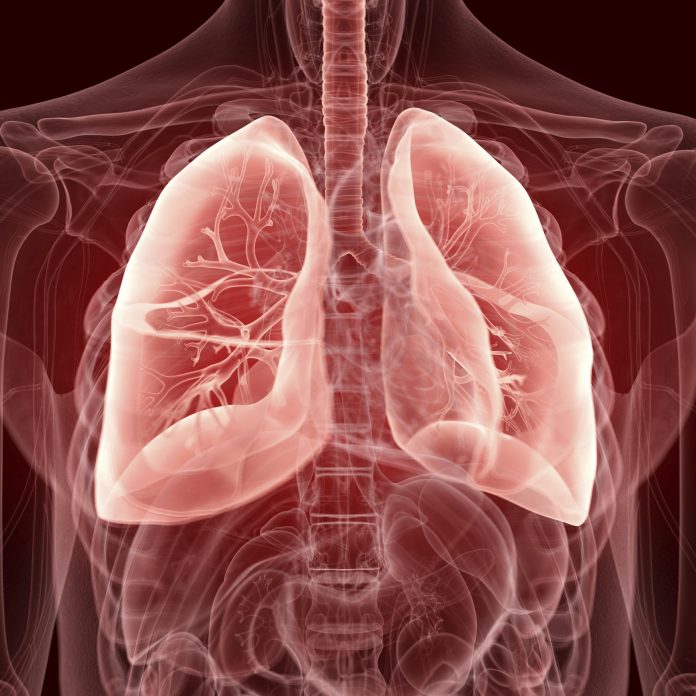
A machine-learning algorithm could offer personalized predictions of life expectancy following lung transplantation, research suggests.
The random survival forests (RSF) model had “excellent performance” in predicting both survival overall and at the specific time points of one month and a year, revealed the researchers.
It was significantly better than a conventional Cox regression model in terms of discrimination and calibration, according to the findings in JAMA Open.
The most critical factor predicting overall survival among 22 clinical characteristics included was postoperative time using extracorporeal membrane oxygenation.
“As a novel method to realize personalized risk evaluation, machine learning algorithms can learn the patterns of high-dimensional data of many patients and provide a personalized prediction,” the researchers said.
Lung transplantation improves survival and quality of life in end-stage lung diseases but post-transplant survival remains unsatisfactory, at a mean of 6.7 years in adults.
Personalized and accurate predictions of survival can help clinical decision-making and further improve posttransplant survival.
However, there are problems with conventional methods using prognostic factors, such as insufficient accuracy from a single prognostic factor and difficulties from integrating multiple factors.
By contrast, a prediction model developed from traditional regression analysis or a machine learning approach could integrate a mass of prognostic parameters and provide individualized predictions of survival.
Dong Tian, PhD, from West China Hospital in Chengdu, and colleagues developed and tested an RSF-based prognostic model on the survival of adults who underwent lung transplantation at Wuxi People’s Hospital between 2017 and 2020.
Results were compared with a benchmark model fitted using Cox regression.
RSF machine learning algorithms are designed to specifically predict survival outcomes, the team explains. The RSF can build a mass of decision trees with a log-rank test to identify different survival statuses and produce an individual probability derived from the average prediction results across all trees.
Compared with conventional regression analysis, the researchers say that RSF takes advantage of freedom from application restrictions and has excellent prognostic performance.
After excluding retransplants and patients with missing data, the study included 504 patients with a mean age of 55.6 years, of whom approximately two-thirds were men.
Most patients were diagnosed with interstitial pulmonary fibrosis, with chronic obstructive pulmonary disease the next most common diagnosis.
The RSF model had excellent performance with an integrated area under the curve (iAUC) of 0.879 and an integrated Brier score of 0.130, the researchers report.
The Cox regression model using the same modeling factors was significantly inferior, with corresponding values of 0.658 and 0.205.
Patients were stratified after lung transplantation using the RSF model predictions into two prognostic groups with significant differences, with mean overall survival of 52.91 months and 14.83 months, respectively.
The team notes that some patients may not be able to receive lung function examination or the 6-minute walking test (6MWT), especially if they die within a month. They therefore conducted two additional analyses, which excluded lung function/6MWT data or excluded patients who died within one month.
The RSF model performed well under both conditions, with iAUC of 0.800 and 0.834, respectively.
“These results suggest that the RSF model can still provide a fairly accurate prediction even without some examination data,” the team said.













